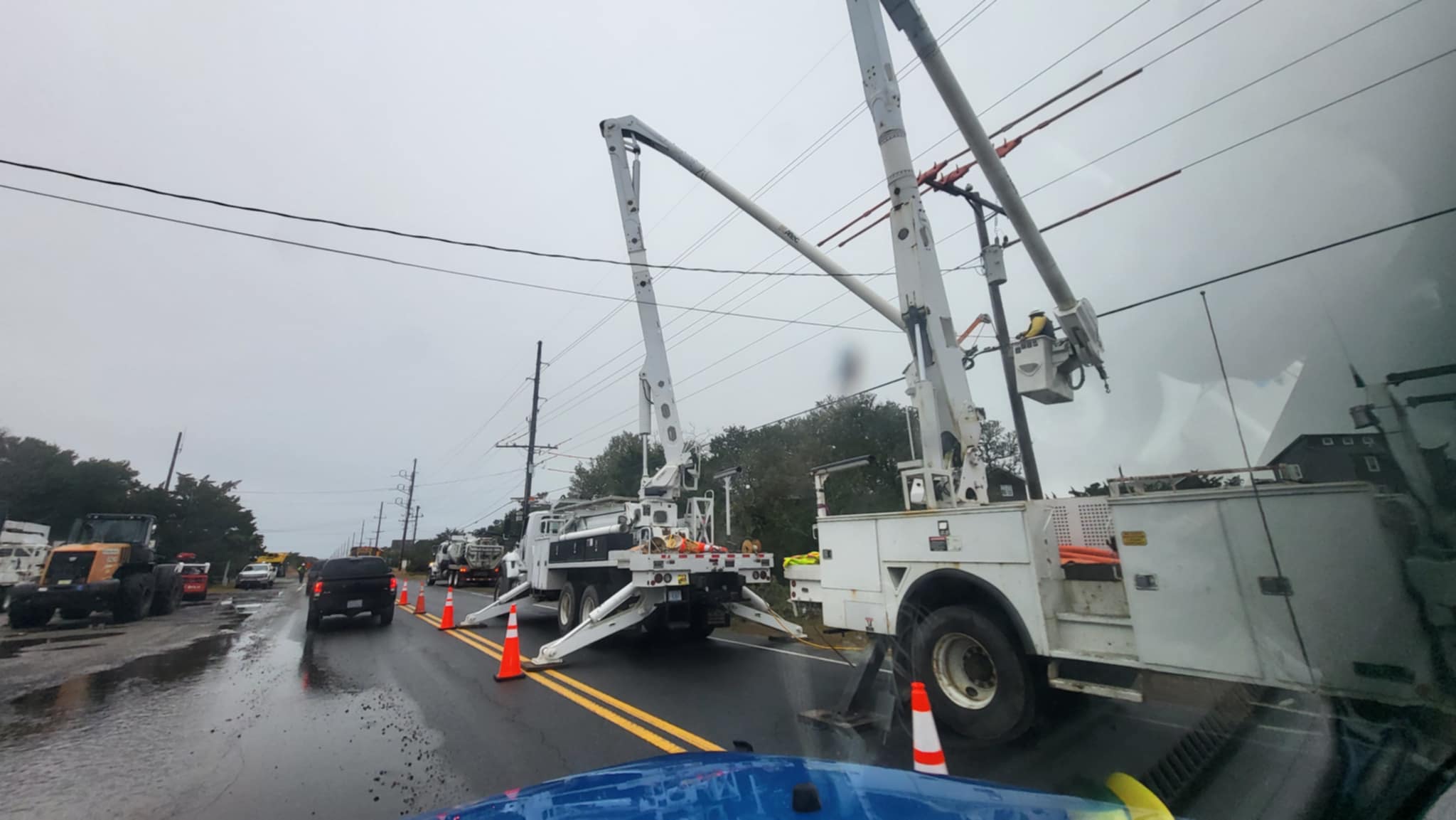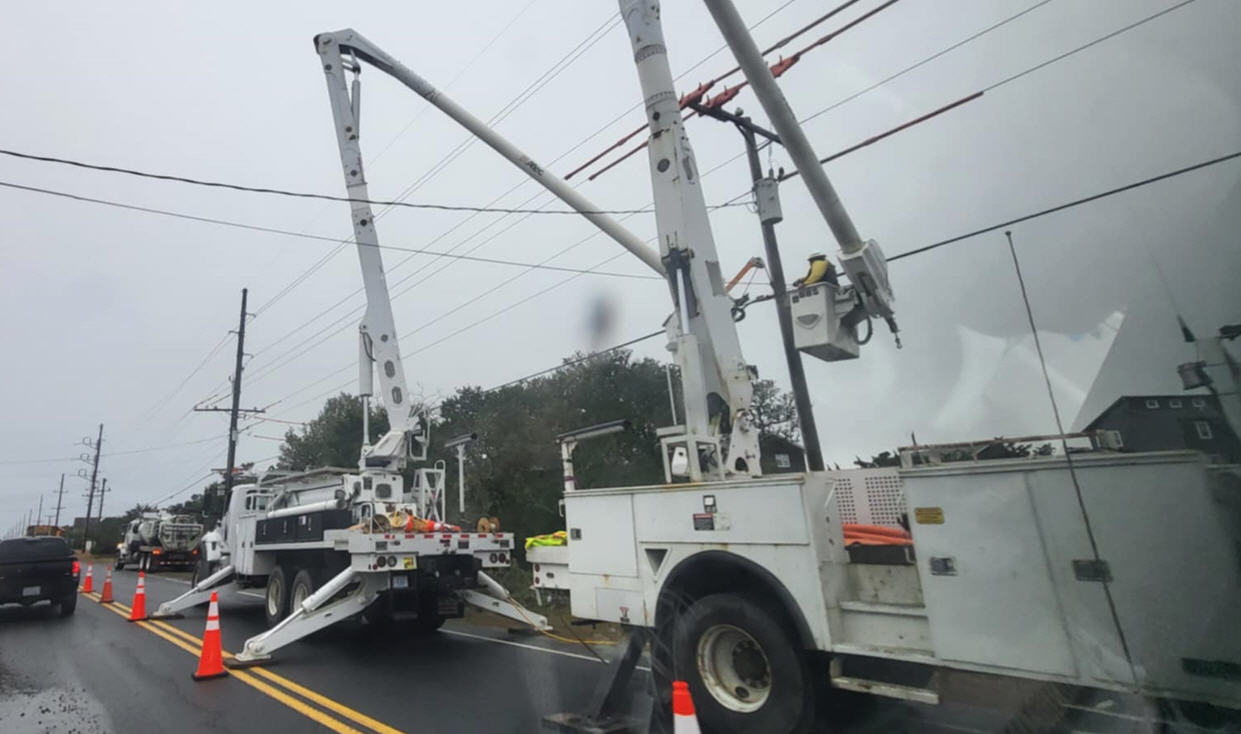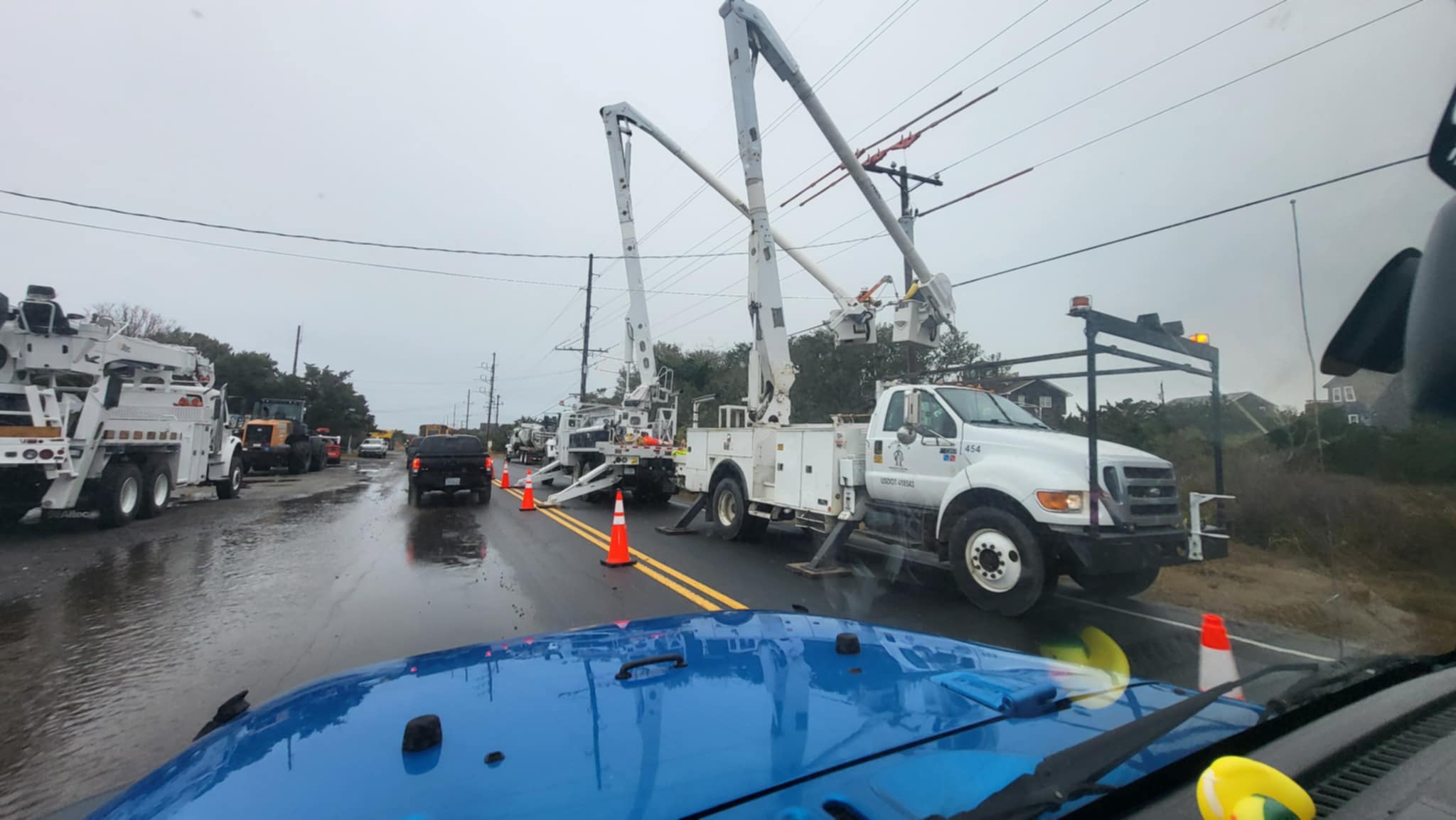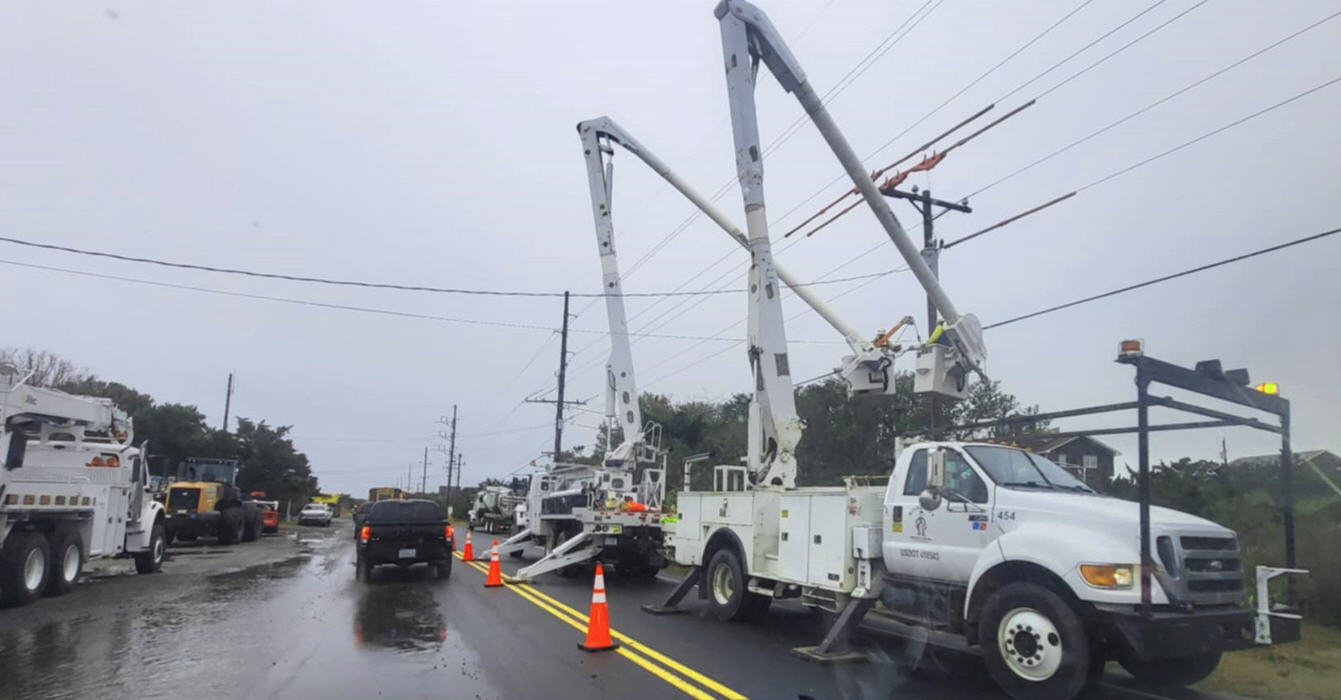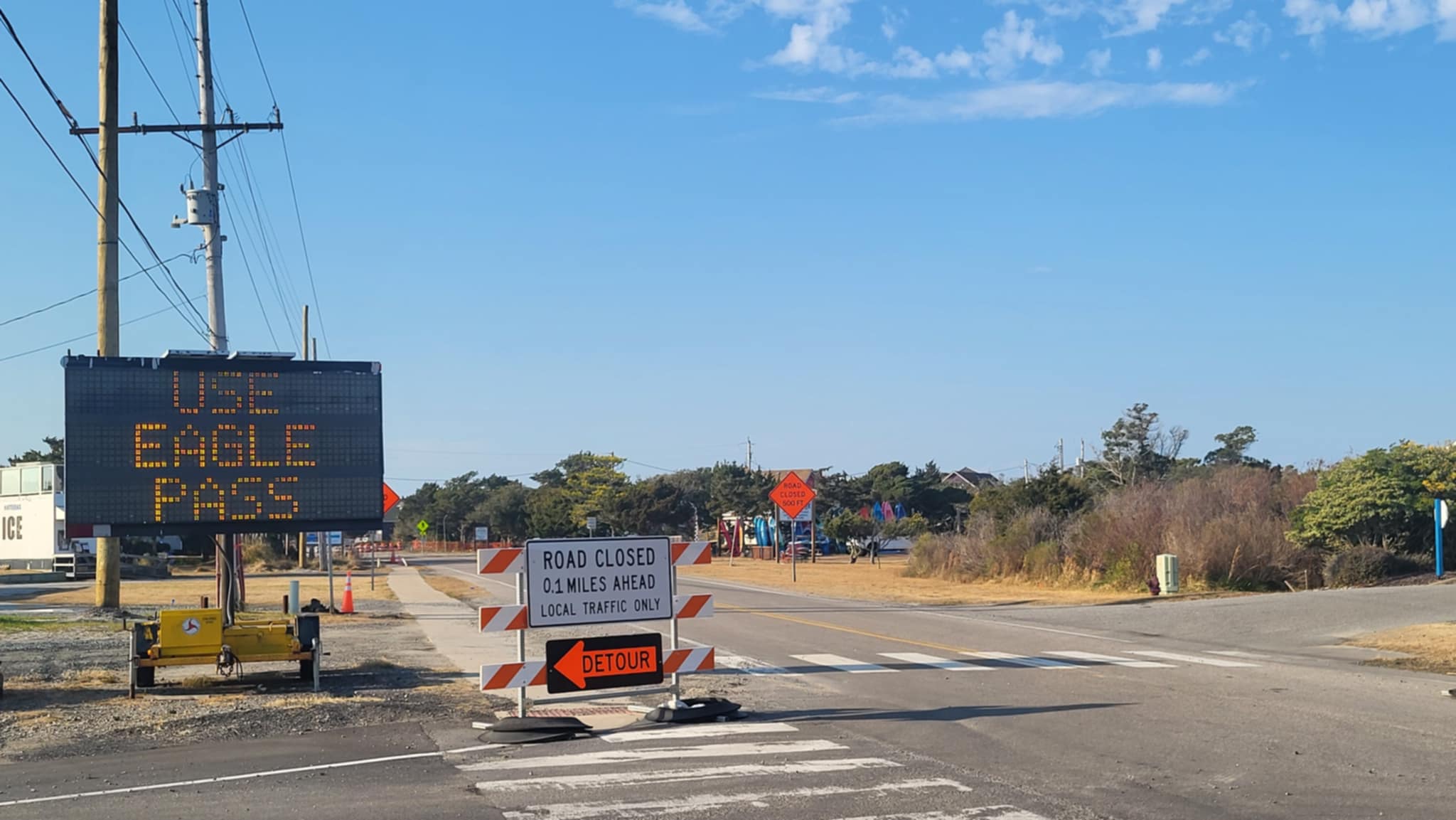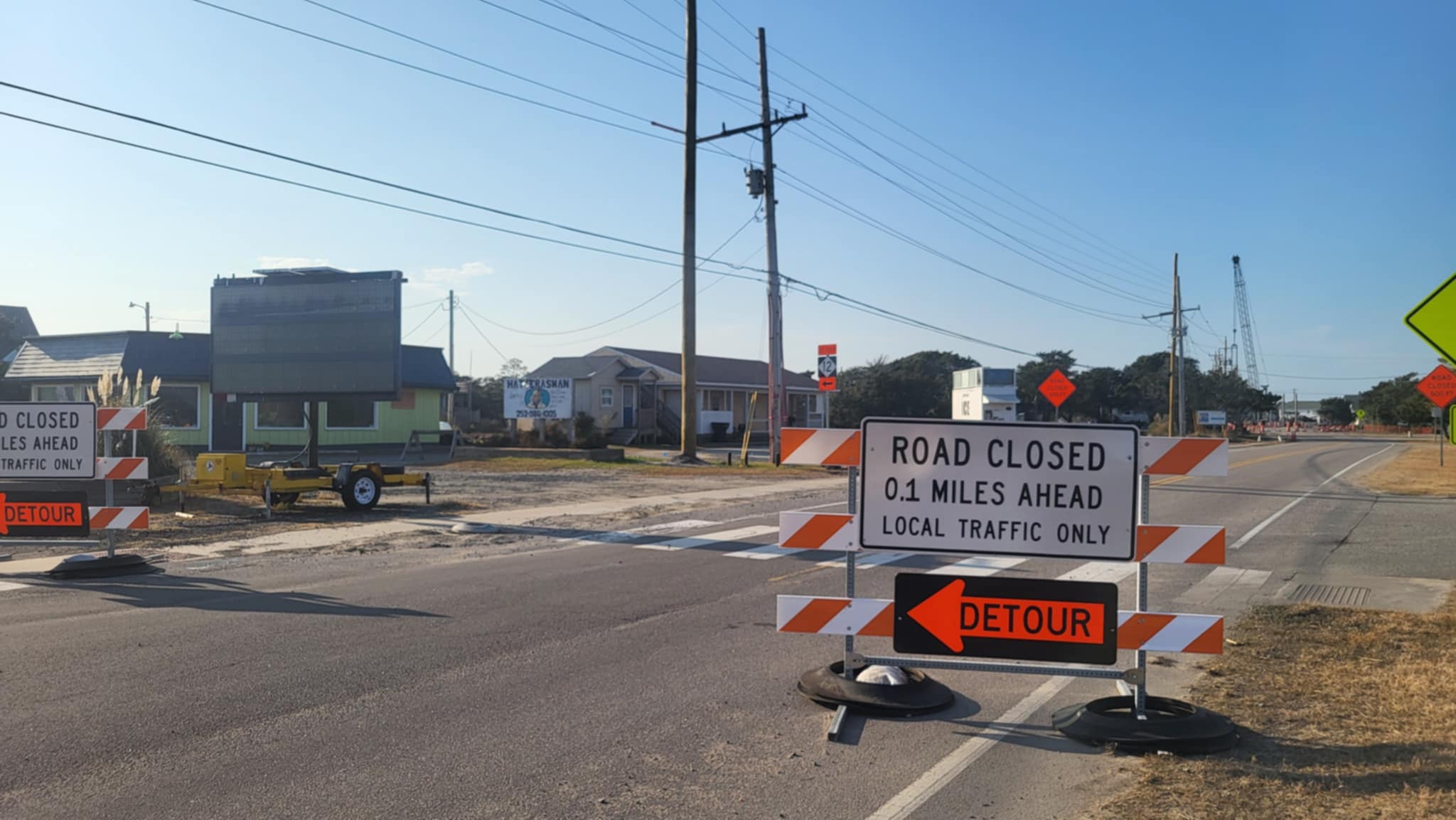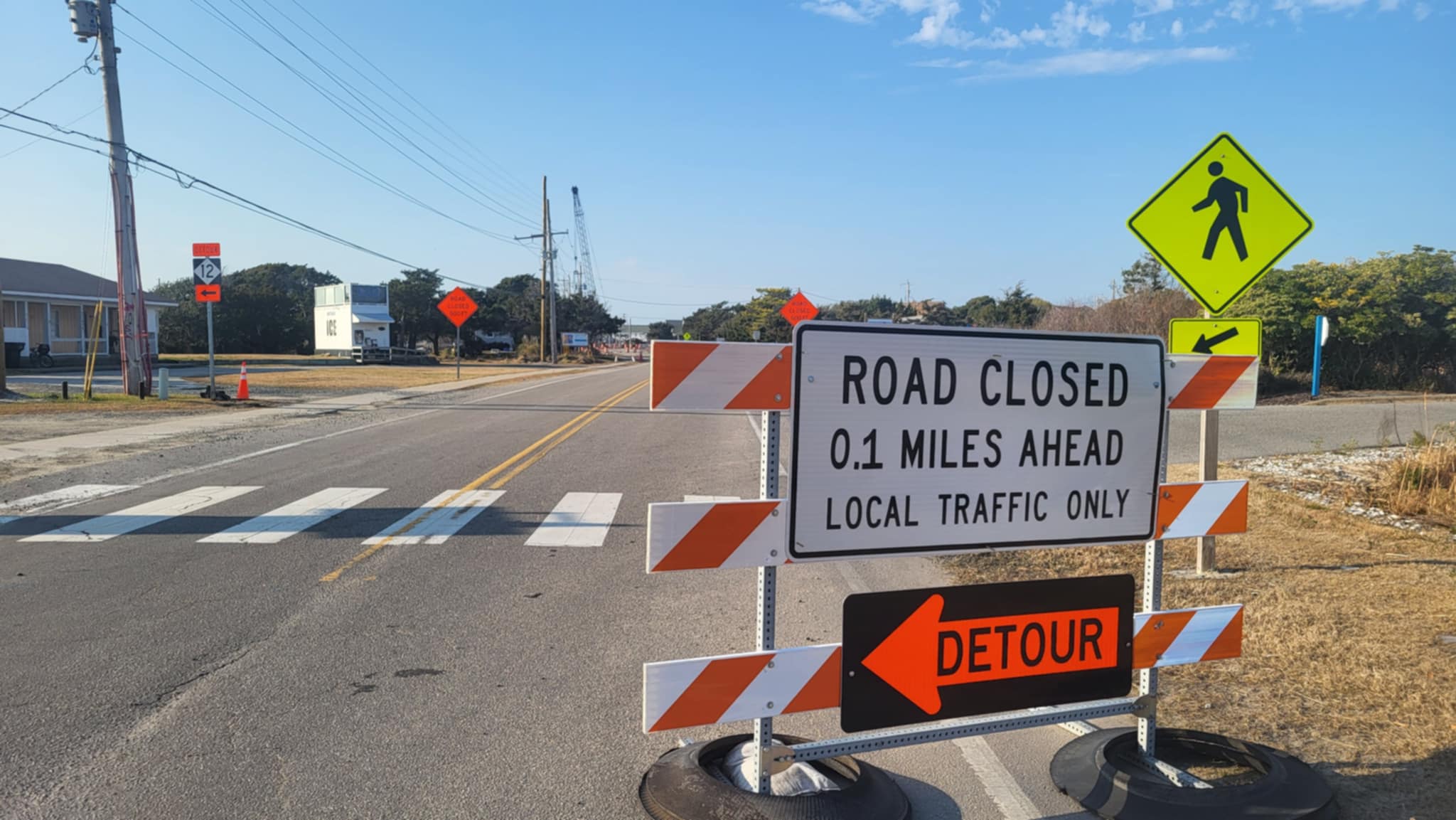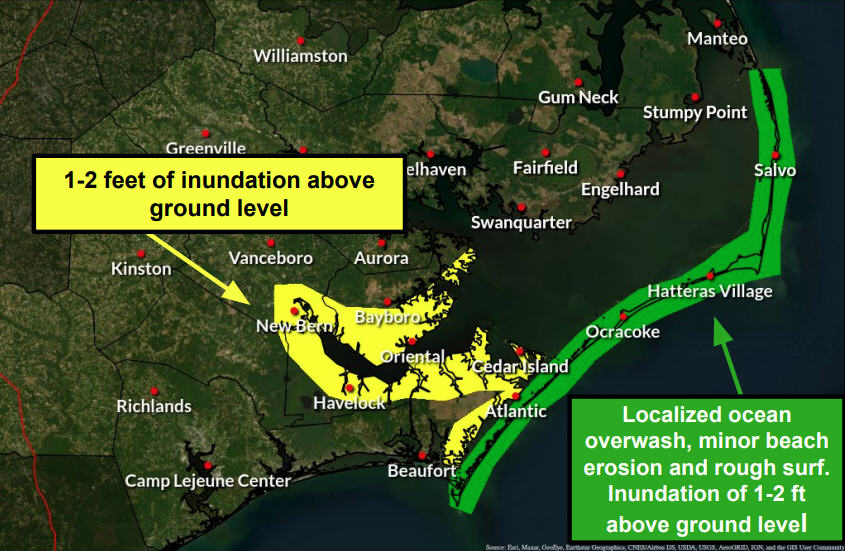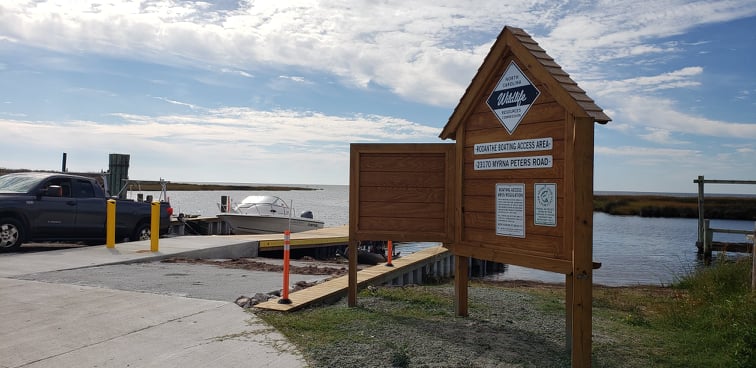NPS pushes back its timeline for final rule at Boyle’s status conference
By JAMES LEA
Anyone who expected U.S. District Court Judge Terrence Boyle’s consent decree to be replaced by a new National Park Service off-road vehicle management plan sometime soon was disappointed but probably not surprised by the status conference on Thursday, Dec. 2, at the Federal Building in Raleigh.
The consent decree was signed off on by Boyle on April 30, 2008. It settled a lawsuit against the National Park Service over its lack of an off-road vehicle management plan at the Cape Hatteras National Park Service.
The suit was filed in October, 2007, by the National Audubon Society and Defenders of Wildlife, which were represented by attorneys for the Southern Environmental Law Center. Later Dare and Hyde counties and the Cape Hatteras Access Preservation Alliance were allowed by Boyle as defendant-intervenors in the case. All parties agreed to the settlement.
At the status conference, an hour of friendly conversation between Judge Boyle and the attorneys for the Southern Environmental Law Center and the Park Service produced an understanding that the final management rules won’t be publicly available until next April or May and that implementation of the rules won’t begin until sometime after Labor Day.
That means that the consent decree will remain in force, with modifications to accommodate the timeline slippage, throughout much of the 2011 breeding season and possibly beyond.
Judge Boyle’s call for the status conference seemed to surprise all of the principals, including the approved interveners from Dare and Hyde counties and the access advocacy organizations.
When the session opened, those in the courtroom included Boyle; Derb Carter and Julie Youngman of the Southern Environmental Law Center; Seashore Superintendent Mike Murray and chief law enforcement ranger Paul Stevens of the Park Service; Rudy Renfert, U.S. Department of Justice counsel to the Park Service, and attorneys Bobby Outen and Tony Hornthal representing Dare County. There were only four spectators in the courtroom, including Walker Golder of the North Carolina Audubon Society and Dr. Mike Berry, retired EPA scientist and strong advocate of seashore access.
Boyle announced that he had called the status conference to hear about the species protection effects of this year’s beach closures and the Park Service’s progress in developing what he called the off-road driving plan.
He first called on the SELC’s Derb Carter to respond. Carter stated that all species have benefited from this season’s beach closures, with protective buffers placed around bird and turtle nesting and feeding areas based on scientific data. Carter said it would have been easier just to close all the beaches but many felt that was not desirable. Clearly prepared to speak specifically to the judge’s questions, Carter said that 12 pairs of breeding piping plovers had been recorded, the most since 1996, with 15 chicks fledged, the most since 1992. Sea turtles have also benefited from night driving restrictions, he said. The 153 nests recorded this year are the most on the Seashore since 1998.
Boyle intervened to explain to the courtroom the meaning of false crawls, a female turtle’s return to the sea without nesting because she had been driven back by some kind of interference, and their value as a measure of the consent decree’s effectiveness. Carter agreed, adding that the goal is to record more nests than false crawls as an indicator that the turtles find the beaches more suitable for nesting.
Carter acknowledged that multiple factors are involved in changes in species nesting performance. However, he didn’t cite weather, predation or other factors, stating only that the Park Service’s protection measures have helped significantly.
Boyle observed that there has been a measurable improvement in species protection in only three years and asked if that is a result of the consent decree. Carter agreed that all trends are positive and that progress is being made toward the recovery goals for piping plovers and sea turtles.
Noting that prior to the consent decree some beaches showed higher vehicle impact than others, the judge asked if recovery results have been uniform along all beaches Carter answered that in heavy use areas such as Cape Point and South Beach there have been significant increases in species activity under the consent decree closures.
Boyle and Carter then discussed beach dynamics on the seashore and agreed that both animal species and humans have affinity for the beaches. Boyle termed Cape Point the most environmentally fragile and valuable area on the East Coast.
“If everyone in America knew what Cape Point looks like,” he stated, apparently without recognizing the irony, “they’d all want to go there.”
At that point, Boyle called on Rudy Renfert, the U.S. attorney representing the Park Service, to report on the status of the beach management plan and the processes for putting it into place. He noted that the timeline for enacting a final plan is important because the next breeding season begins in April or May when the closures will go back into effect.
Renfert answered that the Final Environmental Impact Statement will be completed and the Record of Decision will be signed by the Dec. 31 deadline. However, he said the process will slow down at that point and the Park Service will ask for the court’s approval to modify the timeline.
Boyle jumped in to help sort out the administrative process and get the timeline right.
It was finally agreed that the proposed ORV rule will be prepared before or soon after Jan. 1. It will then be reviewed by the Office of Management and Budget, which will take up to 60 days. Then the special regulation will be published in the Federal Register, with another 60 days then allowed for public comment on the rules. The comment period will probably close in April or May, and the Park Service may take up to 90 days to digest the public comments and incorporate them into the final rule.
So, said Judge Boyle, the final rules might be ready by Aug. 1? No, answered Renfert, the final rules will probably be published in the Federal Register around Labor Day, with implementation to begin 30 days later.
The judge noted that the consent decree will likely remain in force for the entire 2011 breeding season. It could remain in force beyond that if for any reason the Park Service’s final management plan proves to be unenforceable.
After he and Rudy Renfert exchanged accounts of their respective knee replacement surgeries, Boyle asked Derb Carter if the Park Service’s new plan differs from the consent decree’s provisions. Carter replied that the consent decree focuses on controlling beach access for species protection. The Park Service plan adds features such as designated ORV routes and corridors, parking, and pedestrian walk-overs. But, he stated, the core consent decree provisions will continue in the new plan – i.e., the Park Service won’t relax access restrictions.
In sum, the status conference was a relaxed and informal affair that provided opportunities for everyone except the attorneys representing Dare and Hyde counties and the Cape Hatteras Access Preservation Alliance to be heard. Judge Boyle adjourned the session after announcing that another status conference will be held after the Park Service’s annual Seashore report is issued in January to look at the report’s official species performance data before that the new final management plan appears.
(Jim Lea lives in Chapel Hill and also owns a home in Buxton. He is a professor of family medicine at the University of North Carolina at Chapel Hill.)
Subject
Name
(required, will not be published)
(required, will not be published)
City :
State :
Your Comments:
May be posted on the Letters to the Editor page at the discretion of the editor.
May be posted on the Letters to the Editor page at the discretion of the editor.
May be posted on the Letters to the Editor page at the discretion of the editor.
May be posted on the Letters to the Editor page at the discretion of the editor.










